VR motion sickness: how to reduce it in your professional use?
For some professionals, virtual and augmented reality is the wave of the future. For others,


For some professionals, virtual and augmented reality is the wave of the future. For others,
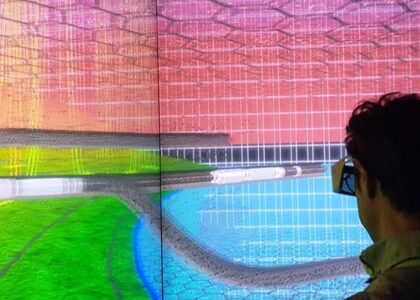
Many businesses have been using virtual reality to improve their processes for years. As a
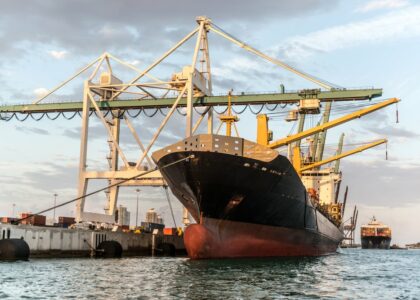
A report from Futuresource Consulting announced that the future of VR is bright, with massive investment in the upcoming years. Investments in the shipbuilding industry are not to be outdone, with a predicted $30 billion investment in its digital transformation in the next 30 years.
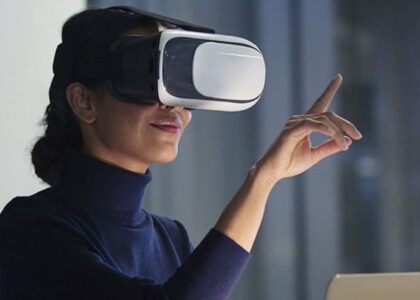
While Industry 4.0 affects production lines and machines, it is also a challenge for operators. With the happening of modern plants, the increase in automation and robotization, their environment has become more and more complex, and they must adapt fast.
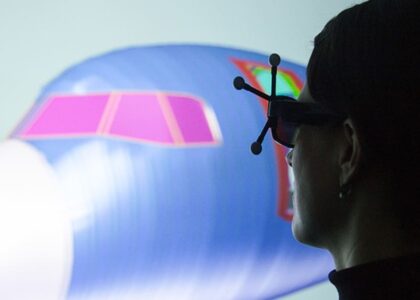
Designing and manufacturing aircrafts is quite a challenge. The million parts composing a plane must be as light as possible, while extremely resistant, and they must be assembled in a precise order. This has to be done in a context of fully globalized supply chains, with subassemblies prepared in different locations across the globe.

For years, maintenance has been perceived as critical to the productivity performance, but treated as an afterthought during the development phase and as a pain point in the operation phase.

A few years ago, there was a lot of hype around Virtual Reality. 2016 was
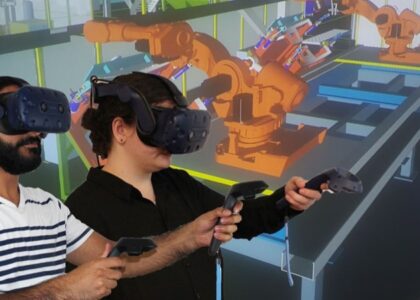
Many opportunities and challenges were brought by Industry 4.0 to the manufacturing industry. The new
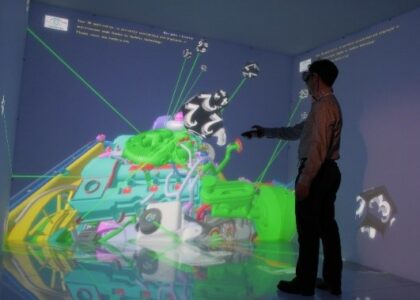
19th century, first taste of Virtual Reality As surprising as it sounds, the roots of

How VR for manufacturing helps industries embrace Industry 4.0